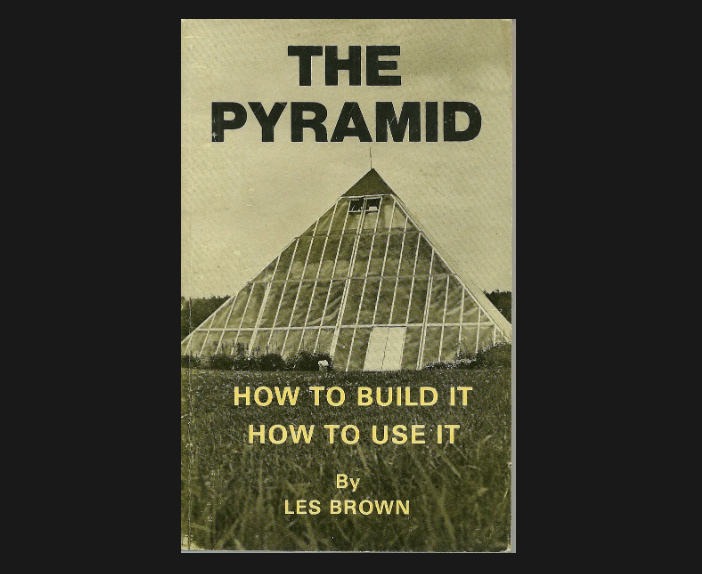
On the recommendation of Yannick Van Doorne (the leading expert in electroculture) I read yesterday 'The Pyramid' by Les Brown, a wonderful book which has once again awoken my sense of awe and excitement at how simple the answers can be. Brown makes the claim in his book that he is able to grow 36 times more food from the same given space than any conventional food producer by building wooden pyramids on the land. Beyond this he claims these structures are perfect for living in, looking after our every need including the storage of our food, the optimisation of our health and even (as I will explore later) the production of free energy to run our home applications.
Prior to reading this book I had believed the Earthship to be the best possible structure under which one could hope to have all their needs met in an off-grid situation, but I realise now the pyramid does it even better because the structure itself is naturally aiding the growth of the plants and humans in and around it.
Les Brown
Our author Les Brown sites 'Chariots of the Gods' by Van Daniken as his inspiration, in which it is hypothesised that beings of great intelligence once visited the earth and existed here as gods, creating a legacy for themselves by encoding into the dimensions of the Great Pyramid in Egypt the answers to many important questions which would be of benefit to humans.
Brown made his first agricultural pyramid in 1974 which at the time was the first large-scale pyramid anywhere in the world built for the express purpose of raising substantial crops. Well, let's not get carried away here, Brown re-discovered old technology which has likely been used countless times in the past, only to be forgotten and rediscovered, thanks to an enormous clue which does tend to motivate exploration amongst humans.
His book 'The Pyramid' was written in 1978 to:
- explore the source of pyramid energy;
- discuss how that energy affects living cells;
- look into the use of pyramids in food production;
- discuss pyramids and food preservation;
- discuss the many different uses of pyramids.
- plan and execute an 'energiser' to enliven any dormant part of your structure.
I will not be looking at all subjects covered in this book, just the ones which jumped out at me as being the most interesting.
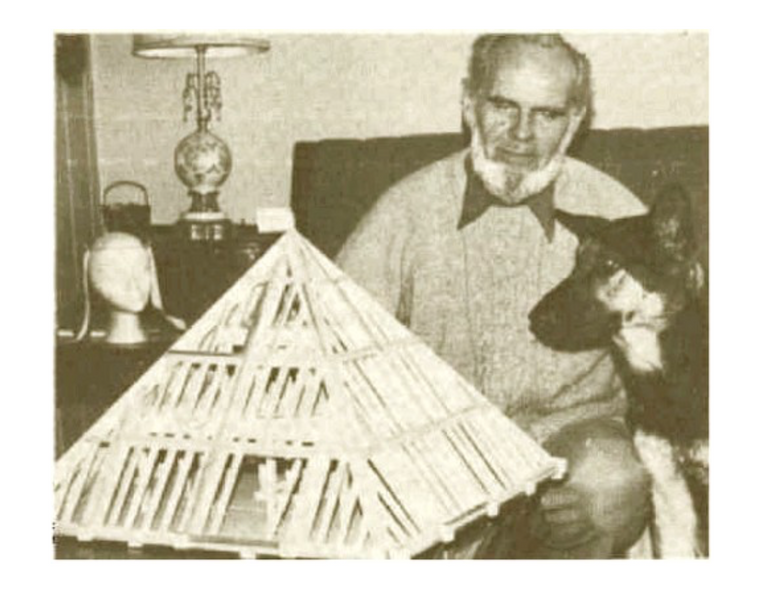
If you would like to read the book for yourselves, it can be downloaded through Yannick's website here.
One of my strongest wishes today is to encourage others to experiment with pyramids, for I am convinced that there are unbelievably wide horizons to be explored in this area, and only by countless people experimenting on their own will new uses of the pyramids come to light.
--- Les Brown
What is pyramid energy?
The reason plants (and humans) are so happy around pyramids is the energy they attract. Looking into the source of this energy Brown explains that when the pyramid structure is an exact replica of the Great Pyramid and one of its four sides is facing north, no matter the material, magnetic and cosmic rays will enter the through the peak while radio waves will enter through the sides.
Interestingly, radios will not work well in big pyramids for this reason and Brown notes how (in the 1970s) cassette tapes are preferable for playing music to your plants. Which he highly recommends by the way!
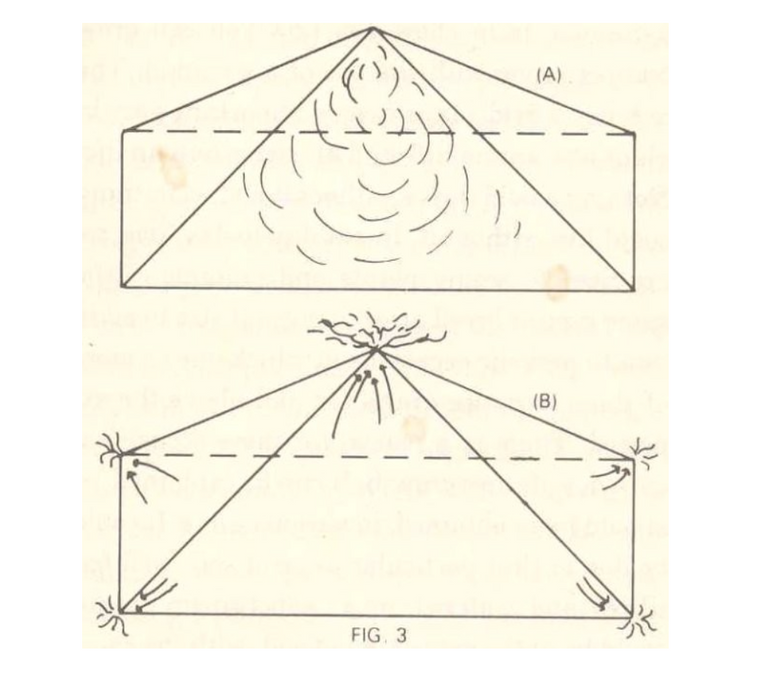
He states "since these energies come from many angles, there is a curling that takes place as they are absorbed". Energy collects down through the peak and continues filling the structure until a certain intensity, at which point the pyramid releases all the energy and begins collecting it again.
80% of this energy is discharged at the apex (the top) while the remaining 20% is discharged at the corners.
This observation (visible through the use of Kirlian photography) led to the construction of his 'energiser', a matrix of miniature pyramids side by side in a grid, all of them throwing out 80% of their energy directly above them.
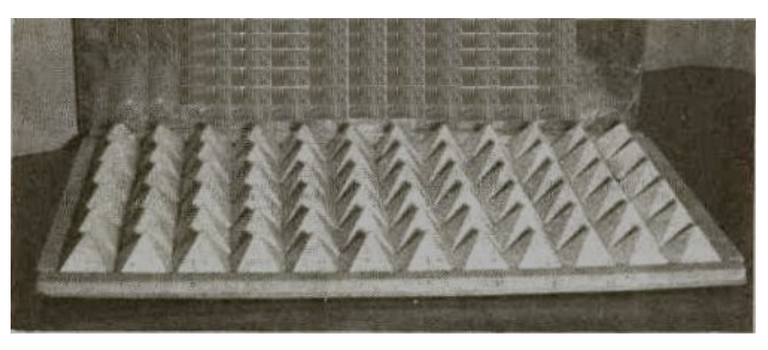
Over the top of this grid sits a metal plate and your item of choice.
Perhaps some seeds you intend to plant, some water you intend to drink or some food you intend to eat.
Food storage
Brown observes that grain found in the Great Pyramid had been preserved perfectly for an impossible number of years, permitting it to sprout normally in our modern times as if it had been harvested just a few years ago. He believes this was made possible due to the specific shape of the pyramid structure and the exact placement of the grain. Another clue from those great anonymous masterminds of our past!
He noticed too that food doesn't rot in the same way inside a pyramid. Rather it just dehydrates. It is for this reason compost heaps cannot be kept anywhere near pyramids where they will not decompose.
His energiser evidently enhanced the growth of seedlings and so he tested it further by cracking an egg onto the metal surface plate. Over a matter of days the egg became like plastic and he kept it for six months (at room temperature) before re-hydrating it with water overnight. Upon cooking he found the yolk of the egg to be runny like normal and the taste to be MUCH better than it would have been if the egg had been cooked fresh. The best egg he had ever tasted were his words in the book.
So what does it mean? What are the implications here? How far can we take this?
Only you can say.
Les Brown died in the 1990s but he did propose a few other ideas in his book which are well worth exploring.
The total eco-system home
Living with our food supply is a basic yet oddly overlooked concept in this modern world. We let pets into our homes he says, so why not plants too?
This test model is 30 feet high along a perpendicular line from ground to peak. The sides from base corner to peak are 44 feet 4- 1/2 inches, with a baseline of 46 feet 10-1/2 inches. It contains two additional floors above ground, and the sum of the areas of these two floors equals or is greater than that of the ground floor. Thus, the two additional floors virtually double the growing area.
--- Les Brown
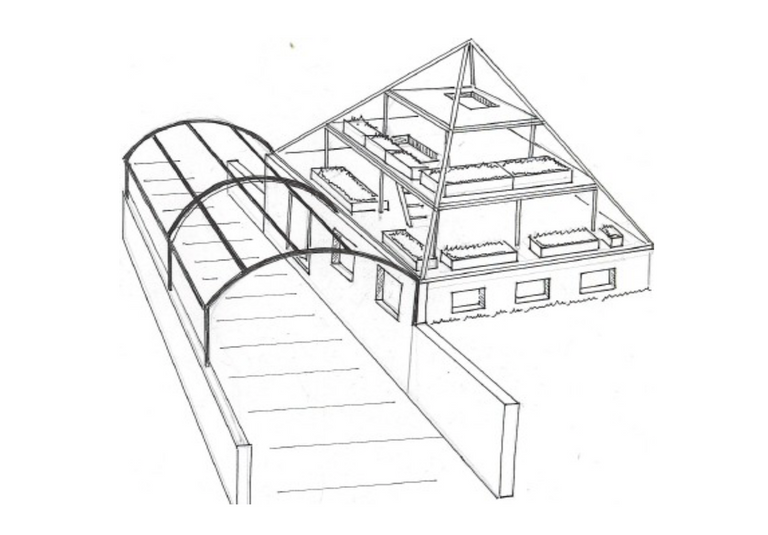
I really like the above design in which he is taking the energy being produced at the base of the pyramid and electrifying the arch next to it, for the purposes of enhancing plant growth in this area.
Am wondering how the structure would behave in a cold environment if three of the sides were insulated in some way, leaving the south facing side to collect the warmth of the sun? It is not the same as an earthship because there is no berth (large mound of earth & tyres) behind the south facing wall which receives the sunlight in winter, creating a thermal mass to feed the heat back into the house at night.
Brown suggests various methods for heating in the winter but none of them really rang true for me. Exposition and the number of sunny days one generally gets per year are the only two factors which really matter. If sunlight is sufficient and the exposition is correct there should always be a way to heat our homes in the winter with the correct design of house. If the right factors are not present you could of course just build a fireplace, but burning wood for heat is in my opinion an archaic and cumbersome practice.
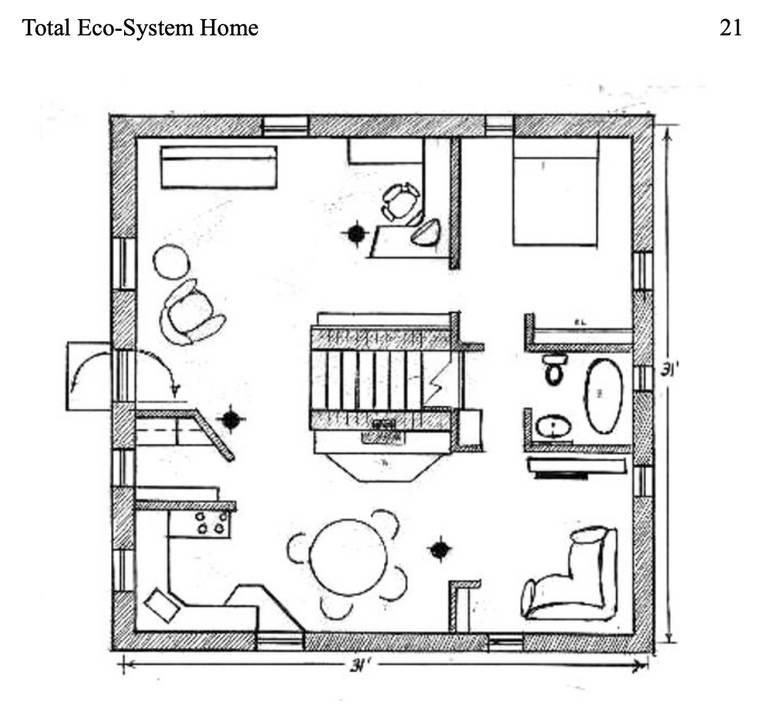
Even back in the 1970's he seems aware of our changing climate and warns that glass may not be an appropriate covering when hail stones become enormous. Indeed, how right he is. The Grand Solar Minimum will bring with it many weather extremes, large hail stones included. It is for this reason he recommends using fibreglass as the outer layer of the pyramid, along with an inner layer of plastic, trapping air between them like double glazing.
Worth noting too that he recommends burying any old pieces of metal you can get your hands on under the pyramid to serve as a conductor, so if you anticipate building a big one you may want to start collecting metal now. It is for this reason I will never agin throw away a metal tin! They will all be torn to pieces and buried under pyramids in the garden.
Other uses
Brown observes that water placed inside of a pyramid for a few days will be more effective when it waters your plants. The same can be said for human health and the way energised water seems to clear us of our ailments. He noted too that wearing a pyramid structure on the head (or placing it directly over the area of interest) will also have a fast and lasting effect when it comes to pain relief and the eventual curing of ailments, as along as the pyramid is always perfectly aligned with our magnetic north.
He also suggested putting an energiser under our beds to enhance sleep. This really makes sense to me and I intend to build an energiser for this purpose out of cardboard, using this template.
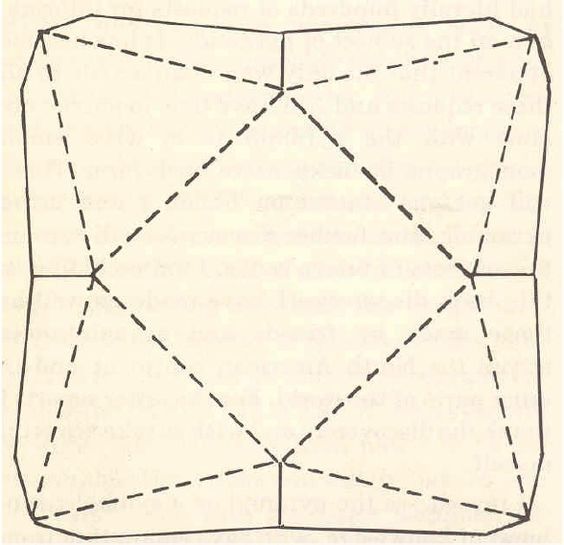
Amongst other things he also mentions the following:
Putting energized water into a vase containing tulips caused them to last for about three and a half weeks. Not only did they last this phenomenal time, but they grew about nine inches in the meantime! I have never before seen flowers grow after having been cut.
Many people claim that insect stings stop itching after the application of energized water; this has been our own experience. In another instance I had a nasty cut on my hand. Immediately after washing it with pyramid water, the pain stopped and with healing, I had no scar. The cut also healed much more quickly than is "normal" for me.
The final chapter of the book is dedicated to detailing the process behind building energisers and pyramids of all sizes.
Free energy
Brown does not directly claim that his structures can generate energy to power appliances within, but he does tell us this interesting story in a lecture on Youtube.
The full lecture can be found here
He describes in the above clip how a moment of inspiration led him to connect the apex of his pyramid with the ground directly beneath it using sheep wool via two copper attachments and the energy blew him 20 feet across the ground before he even had a chance to complete the connection. Had he been holding metal wire (in place of sheep wool) he would have been surely killed. His near death experience made him realise he was not ready to be making these kind of investigations and stuck exclusively to plants after that. Which is a shame I would say. This would have given us the full eco-home package!
Looking around today however I am able to see a few people even on Youtube who appear to be producing an electrical output from pyramid structures.
So I feel confident that if I were to spend even a small amount of time on this, I too would be able to produce an output from my pyramid structure, ultimately proving that one can in fact power their home from this most amazing shape.
I bought my first copper pyramid a few days ago, along with a bunch of other electroculture equipment from Yannick's website and have since then been using it to charge up these peas before planting.
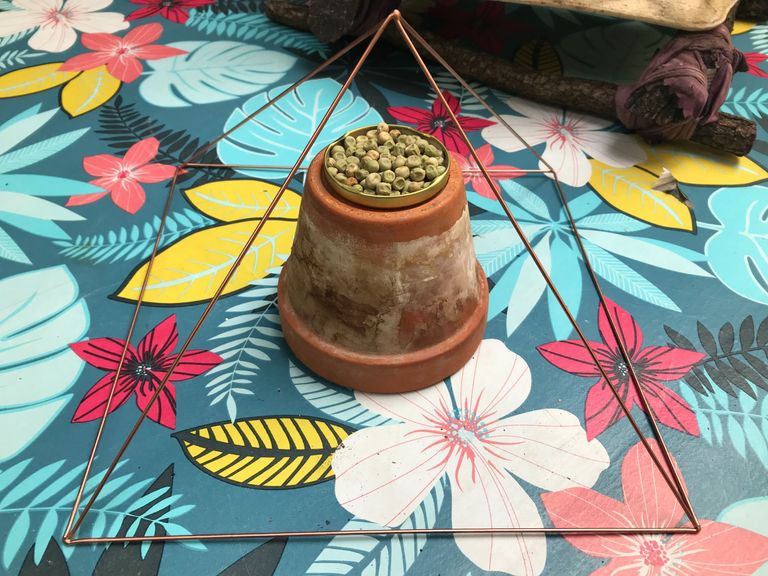
Notice my placement up near the apex where 80% of the energy is concentrating before release.
Yannick tells me it is hard to say exactly when seeds are 'fully charged' as it depends a lot on the weather. So, if for example we have an electrical storm outside the seeds will charge very quickly while if the weather is very calm the opposite will be true. The moon cycle is likely relevant too, speeding up the process when the moon is full. Around three days is a good average he says.
I went out this morning and bought some wood with which I intend to make a bunch of pyramids for the garden. I am mostly interested to energise our water before it feeds the plants but will also try them out in different places. Ah yes, I will also be making a small one for my cats to sleep in. Let's all have one!
It is funny to me that all this time the biggest clue of all wasn't just sitting in a desert in Egypt but on every single dollar bill. The eye of knowledge sits above the pyramid, in the (removed) capstone no less.
They are literally laughing in our face and I would be willing to bet that every single member of the parasitic elite class is using pyramid technology in some way to prolong their lives or produce free energy for their homes.
Indeed, if you are mega rich all you have to do is pay these guys to build one for you.
Based on the price of their beds I can only imagine what a home costs.
Okay, I'm curious now. Let's have a look.
This is their smallest home, complete with kitchen and one bedroom.
Don't be fooled by that €33,000 price tag. When one reads further they get to the actual price.
So that's around €75,000 in the end! For a tiny wooden pyramid big enough to house one person.
You can also buy these small ones for more focused healing.
The thing is, this tech really works and the elite know it, so while the demand is there so too is the business which provides it.
But are you going to pay this kind of money for it?
No, me neither.
Better to learn how to do it and build them yourself.
If you can maintain the correct length for your eight pieces even after they have been joined together, theoretically the angles should end up being correct.
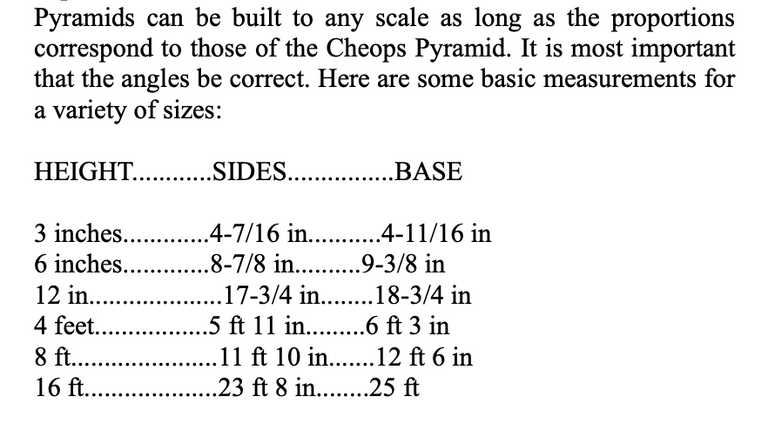
Personally I am going to start with the 3 inches and work my way up, growing in confidence as I go.
The hardest part Brown tells us is the apex and he recommends slicing away at it slowly rather than trying to cut it perfectly the first time. Cut too much and the entire beam must be discarded.
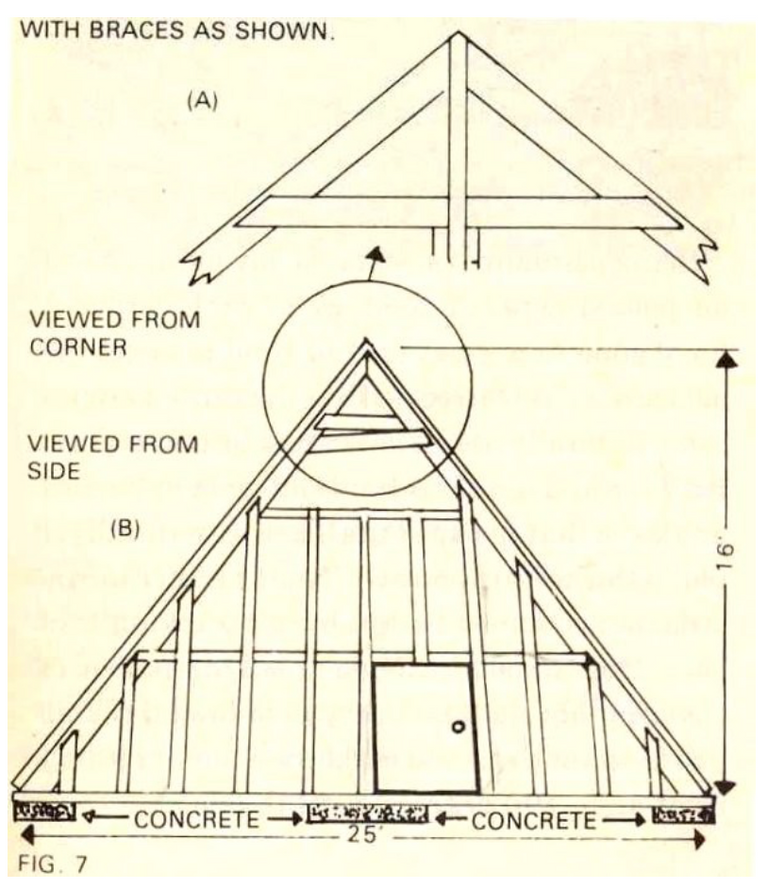
Final thoughts
I believe a synthesis of earthship and pyramid is possible.
A combination of these two ideas could potentially facilitate the production of free energy, increased plant yields and optimum health, while permitting one to live in the earthship during periods of extreme temperatures and in the pyramid while they are comfortable.
It could even just be as simple as putting a pyramid on an earthship's rain collecting roof. The pyramid will still collect that rainwater, though perhaps not as effectively.
Planning permission must be a tricky one. Especially here in France!
Rules rules rules. Gotta stick to those rules.
Whatever. Find a way to build one out of sight or bribe your mayor with crypto!
Okay that it for now. Hope I have inspired you to get out there and build a pyramid.
The cold is coming soon so for now I must focus on building a heater.
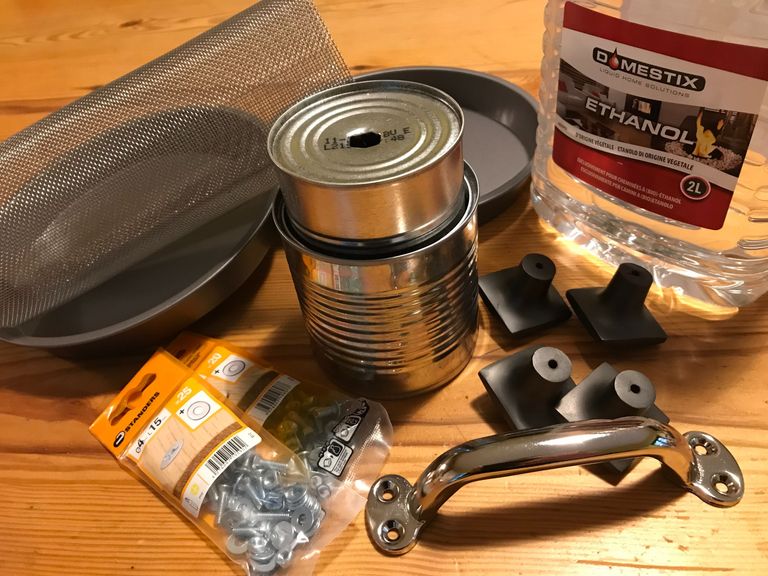
Stay tuned to see how I get on with that...
Love & Light everyone 🌱
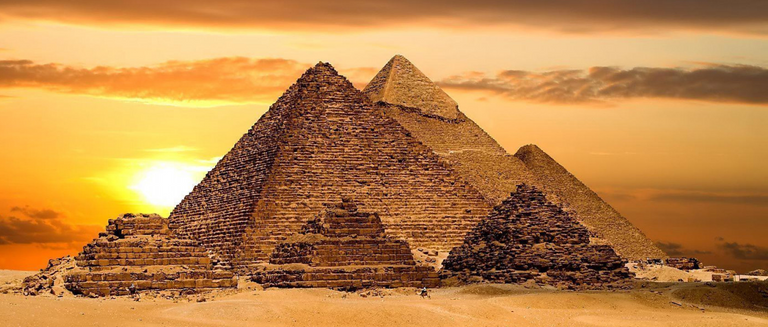
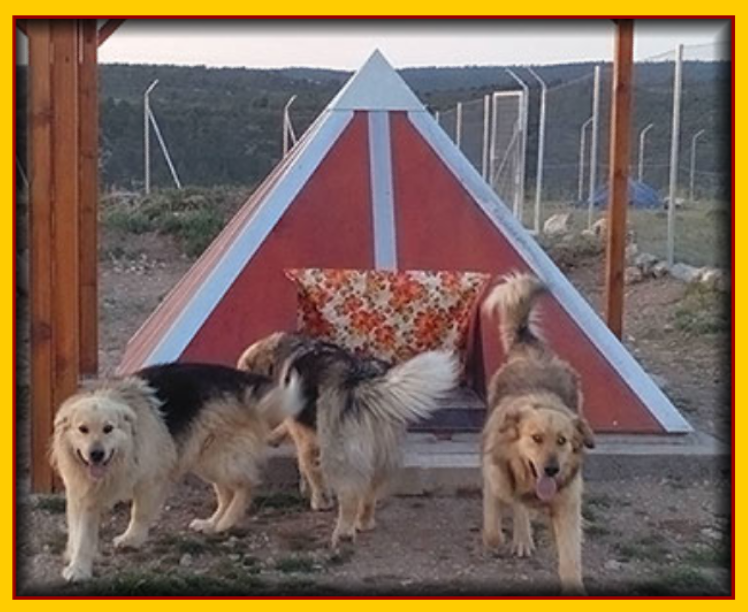

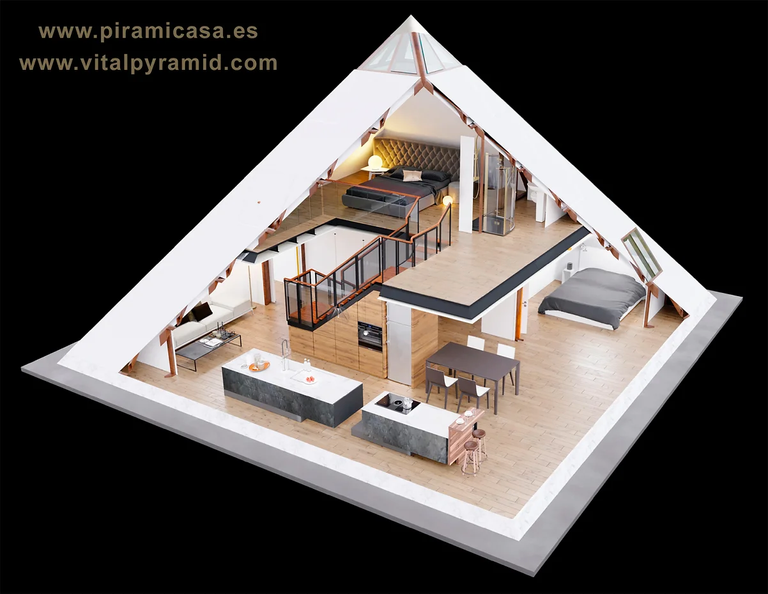
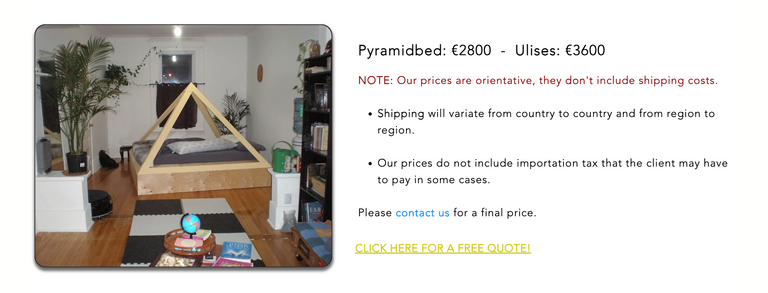
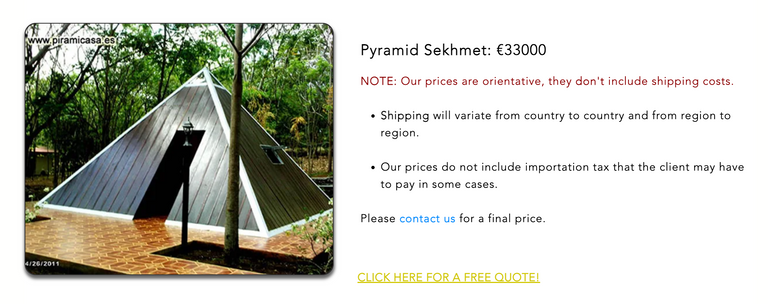


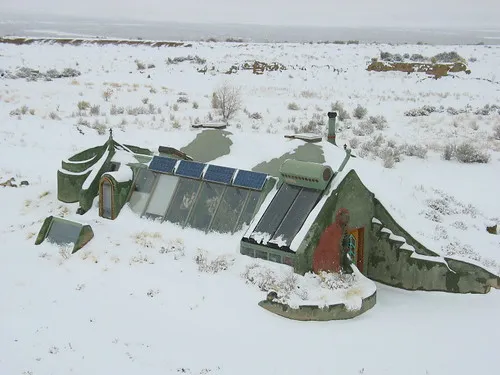
Very interesting … it’s the perfect shape for a house.
We live in a sort of pyramid all summer on Lake Superior …
We used 13 poles and some canvas.
Why are there 13 poles in a teepee? The poles represent the full cycle of the year, 13 moons and two poles for night and day.
Source: http://shelterpubcom.nationprotect.net/_shelter/www_teepee.html
Excellent! Had no idea about why there were 13 till now.
Who knows, perhaps living in one of these also has a positive effect?
Thank you for the share. I think I just found my next project to have obsession over. Definitely will be making a small house with this info.
I downloaded everything available here.
This needs to be on trending!
While the information in this post has the capacity to change the life of every single person using this platform, only a small number will actually resonate with it and take action. Good to know you are one of them. I wish you all the best with your investigations.
I found out if you can squeeze a roll of toilet paper inside that can withiut the cardboard in the middle and let the fire fluid soak it all up, it will last longer.
I am confused. It seems like you are referring to my ethanol heater?
Correcto.
Okay! Many thanks for the tip. I will give this a go...
Just need to buy some more ethanol.
Congratulations, your post has been upvoted by @dsc-r2cornell, which is the curating account for @R2cornell's Discord Community.
Enhorabuena, su "post" ha sido "up-voted" por @dsc-r2cornell, que es la "cuenta curating" de la Comunidad de la Discordia de @R2cornell.
Thanks
Congratulations!
You have recieved a coconutty upvote! 🥥
Thank you for contributing to the Blurt Blockchain!
Keep up the great work!
Curated by @outofthematrix!
Please take a moment to vote for my witness! 🗳️ https://blurtwallet.com/~witnesses?highlight=outofthematrix
Thank you